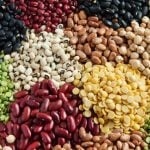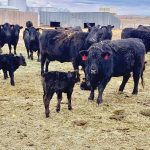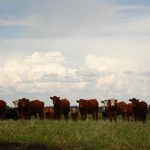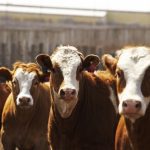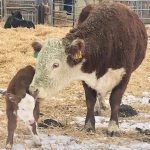Spring is a good time to review your cow herd’s mineral-vitamin program, as nursing cows (and bulls) should be in good mineral and vitamin status that drive a solid return to active reproduction by the breeding season. In order to do so, beef producers often collect and review several commercial feed labels. Most list the […] Read more


